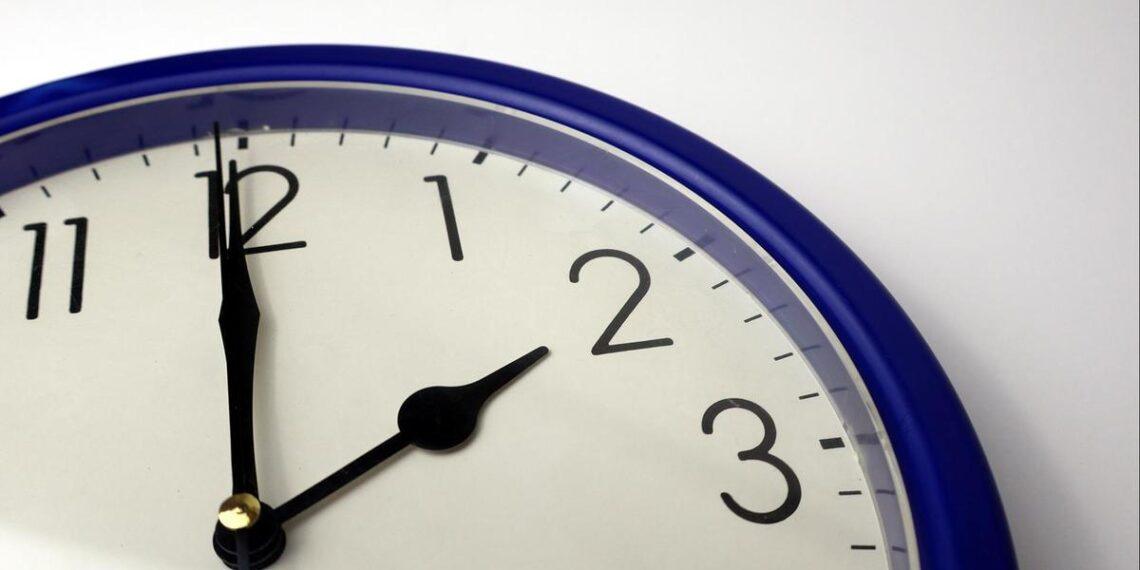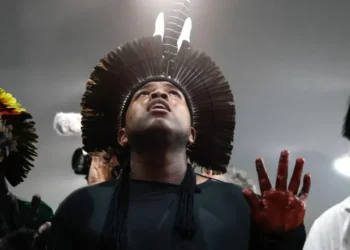Understanding Daylight Saving Time: Why We “Fall Back” in November
Each year, most of the U.S. ends daylight saving time by “falling back” an hour in the early morning of the first Sunday in November. This year, that day is Sunday, Nov. 3. Here’s a quick guide to understanding daylight saving time and why we adjust our clocks twice annually.
What Is Daylight Saving Time and When Does It End?
Daylight saving time (DST) began on March 10, 2024, when clocks moved forward one hour to capture more daylight in the evenings. This period ends on Nov. 3, when clocks “fall back” one hour, returning to standard time. The change happens at 2 a.m. local time, so at 1:59:59 a.m. on Nov. 3, clocks shift back to 1 a.m.
Digital clocks, like those on cellphones, will adjust automatically, but analog clocks will need to be reset manually. This change gives us an extra hour of sleep compared to the springtime shift, when we “lose” an hour. After the time change, sunset will occur an hour earlier, affecting daylight hours in the evening. For instance, in New York City, the sunset shifts from 5:50 p.m. on Nov. 2 to 4:49 p.m. on Nov. 3.
A Brief History of Daylight Saving Time
The concept of daylight saving time in the U.S. traces back to the Standard Time Act of 1918, which created U.S. time zones and first introduced DST. However, this change was unpopular, leading to its repeal in 1919. It re-emerged during World War II as a measure to save resources and later became a state and local choice.
The federal government reinstated DST nationwide with the Uniform Time Act of 1966, although the start and end dates have been modified over the years. Since 2007, DST has run from the second Sunday in March to the first Sunday in November.
Although some attribute the idea of shifting clocks to Benjamin Franklin, he only suggested people adjust their routines to save on candles in 18th-century Paris. The modern DST concept is generally credited to George Hudson, a New Zealand entomologist, who proposed it in 1895 to allow for more evening daylight. Others point to British builder William Willett, who lobbied for DST so he could enjoy more evening golf.
Which States Don’t Observe Daylight Saving Time?
Two U.S. states do not observe DST: Hawaii and most of Arizona, which remain on standard time year-round. Internationally, DST is common in Europe and North America, though schedules vary, and Southern Hemisphere countries follow different DST periods due to their seasonal differences.
Could Changing the Clocks End?
There has been growing interest in making daylight saving time permanent in the U.S. In 2022, the Senate passed the Sunshine Protection Act, proposing to keep daylight saving time year-round. The bill was supported by bipartisan lawmakers, including Sen. Marco Rubio of Florida, who has advocated for ending the twice-yearly time shift.
“This ritual of changing time twice a year is stupid. Locking the clock has overwhelming bipartisan and popular support,” Rubio said.
Rep. Vern Buchanan of Florida also proposed similar legislation in the House, citing potential health and economic benefits from permanent DST. However, the House bill stalled in 2023, awaiting further action.
For now, Americans will continue adjusting their clocks twice a year, although the debate over daylight saving time continues.
This article was rewritten by JournosNews.com based on verified reporting from trusted sources. The content has been independently reviewed, fact-checked, and edited for accuracy, neutrality, tone, and global readability in accordance with Google News and AdSense standards.
All opinions, quotes, or statements from contributors, experts, or sourced organizations do not necessarily reflect the views of JournosNews.com. JournosNews.com maintains full editorial independence from any external funders, sponsors, or organizations.
Stay informed with JournosNews.com — your trusted source for verified global reporting and in-depth analysis. Follow us on Google News, BlueSky, and X for real-time updates.














